Individual variation in the humeral stripe of the Tarascan Dancer, Argia tarascana
Male dancers (Argias) in the Southwest USA vary considerably in size, color, and morphology, with the shape of terminal appendages, in particular, being characteristic of each species. Details of these appendages are, however, difficult to see well in field conditions and so identification often relies on the first two characters - body size and color. In predominantly blue species, special attention is due to the width and shape of the median and humeral (lateral) stripes as well as to the amount and shape of black markings on the abdominal segments.
For example, the humeral stripe of the Pima Dancer, A. pima, is typically forked with the outer fork visibly wider than the inner fork. In the Sabino Dancer, A. sabino, this stripe is normally deeply forked and the two forks generally are conspicuously divergent. And in the Tarascan Dancer, A. tarascana, the humeral stripe forks either are even or the outer fork is thicker than the inner fork (Paulson 2009; see species pages for examples.)
These descriptions apply to most individuals, but do not necessarily address the fact that markings present considerable individual (and population?) variation. A case in point is offered by the Tarascan Dancer, in which the humeral stripe of mature males is quite variable. In Arizona males it is often very wide, with two nearly equal forks. By contrast, in some Mexican specimens it is not forked and reduced to a mere hairline (Westfall and May 2006), therefore rather resembling that of the Sierra Madre Dancer, A. lacrimans, which is, however, of considerably larger overall size. Thus, definite identification should be confirmed by study of features in addition to humeral stripes and such as the shape and extent of black markings on abdominal segments. This is especially important in the case of photographs, on which body size is difficult to accurately evaluate.
Illustrating the above individual variation, below are male Tarascan Dancers photographed at the two Arizona strongholds of this species – Blue River (Gila Co.) and Muleshoe Ranch (Cochise Co.). Note the variation in the thickness and shape (forked > unforked) of the black humeral stripe. Also note that a reduction of the humeral stripe is generally associated with reduced black on abdominal segment 7 and to some extent segments 3-6.
For the sake of comparison, the last picture shows typical male Cerulean, Argia anceps, Pima, Sabino, and Sierra Madre Dancers, all also photographed in Arizona.
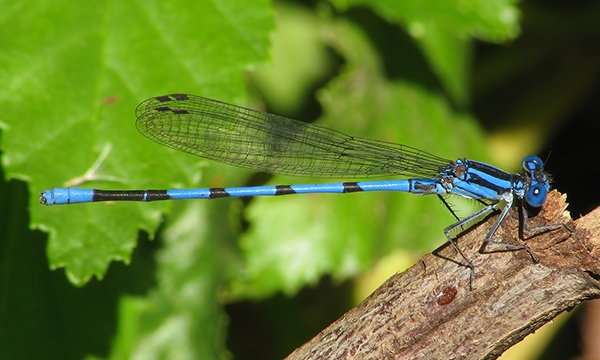
Tarascan Dancer, Male, Blue River, Gila, AZ, 1 October 2011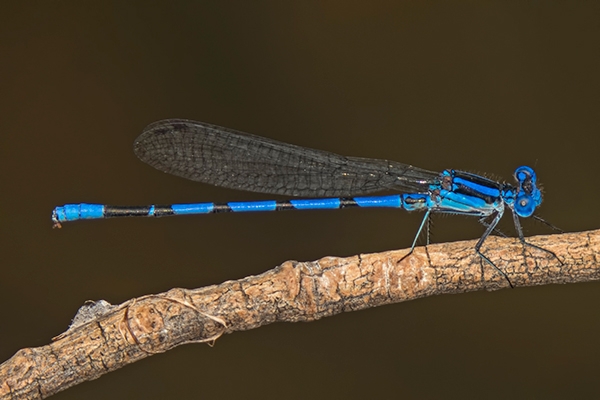
Tarascan Dancer, Male, Muleshoe Ranch, Cochise, AZ, 7 September 2013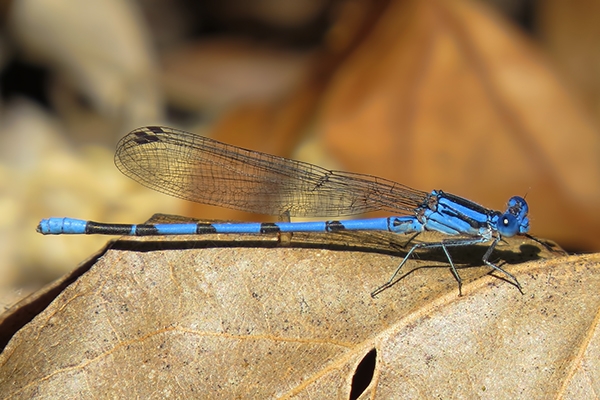
Tarascan Dancer, Male, Muleshoe Ranch, Cochise, AZ, 19 October 2013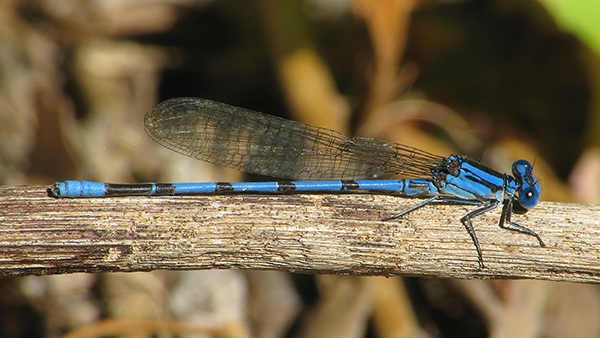
Tarascan Dancer, Male, Muleshoe Ranch, Cochise, AZ, 13 October 2012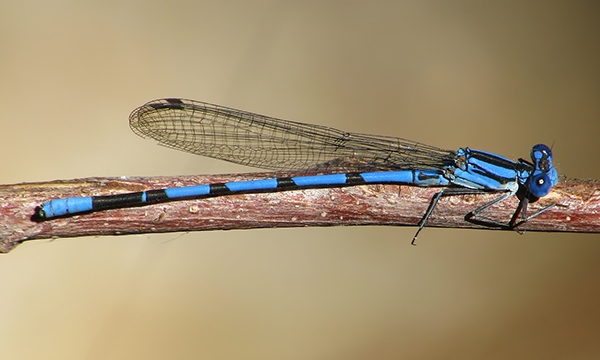
Tarascan Dancer, Blue River, Gila, AZ, 1 October 2011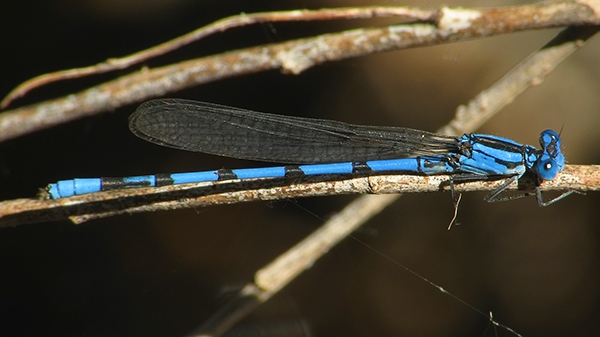
Tarascan Dancer, Male, Muleshoe Ranch, Cochise, AZ, 14 October 2012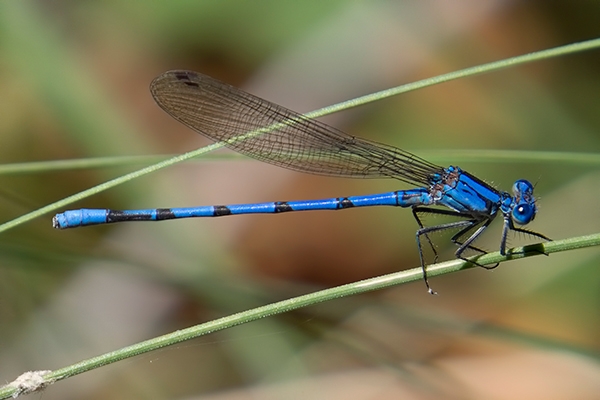
Tarascan Dancer, Male, Muleshoe Ranch, Cochise, AZ, 4 June 2014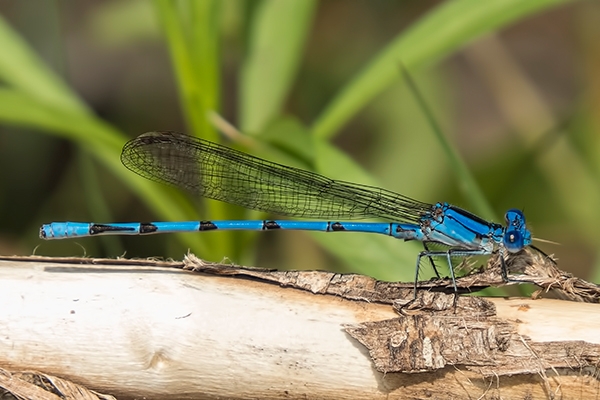
Tarascan Dancer, Male, Blue River, Gila, AZ, 11 May 2013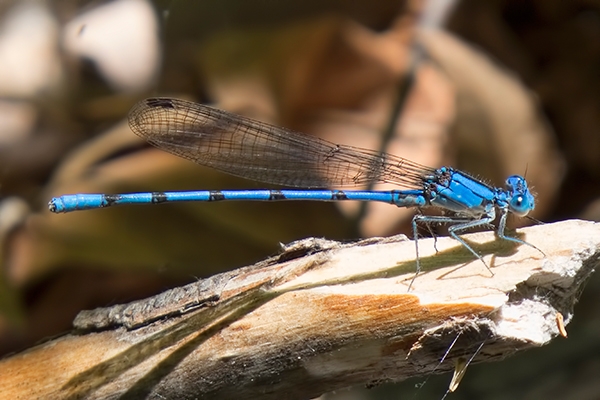
Tarascan Dancer, Male, Muleshoe Ranch, Cochise, AZ, 4 June 2014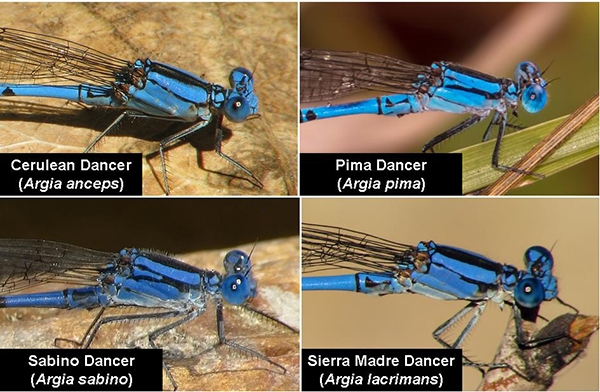
Male Cerulean, Pima, Sabino, and Sierra Madre Dancers, AZ